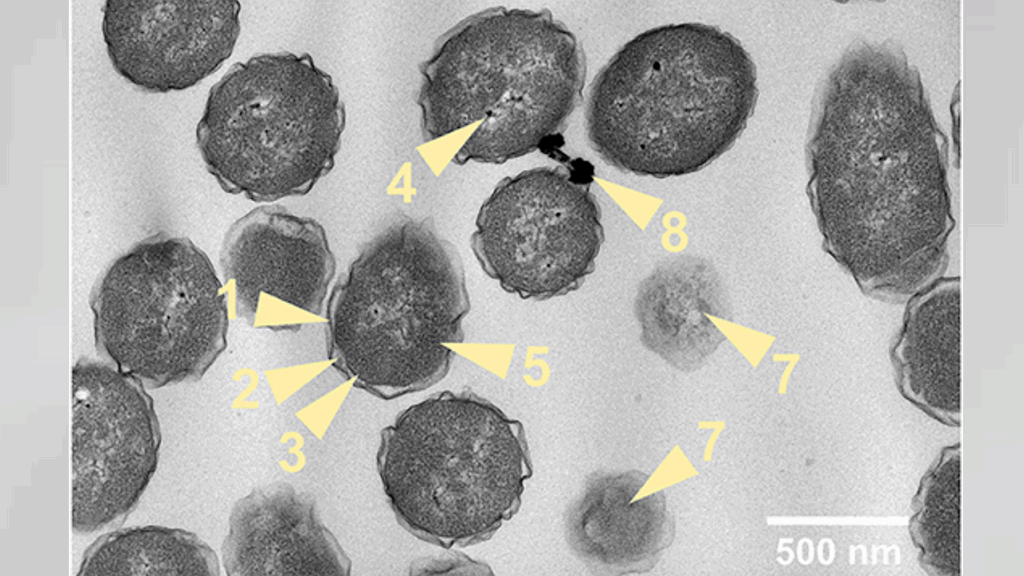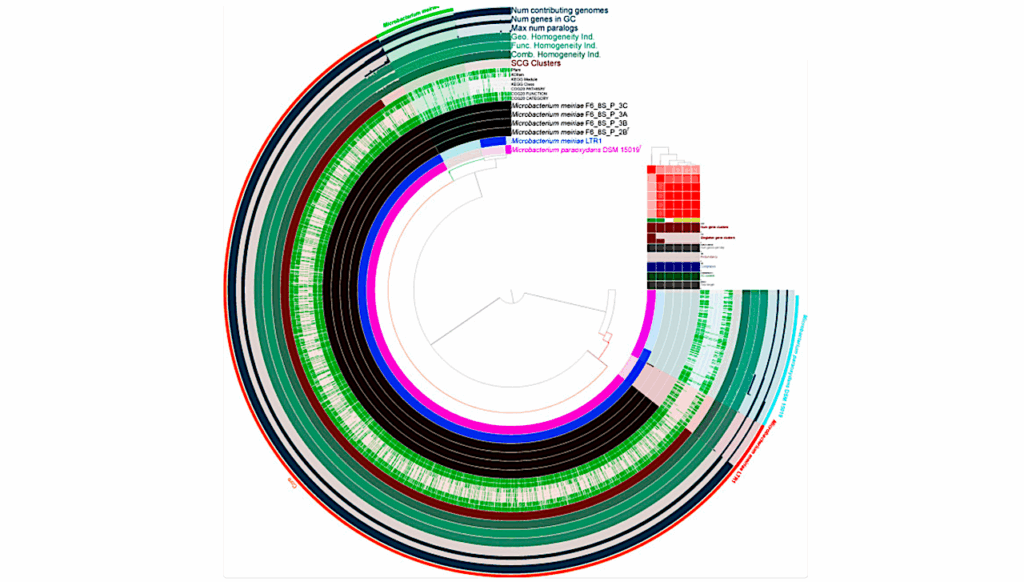Fruit Fly Immunity Fails with Fungus After Spaceflight

In a study published in PLOS ONE, researchers led by Deborah Kimbrell, Ph.D., at UC Davis and their collaborators, studied how microorganisms may alter fruit flies’ immunity in space and in hypergravity, or increased gravity. The article is titled “Toll Mediated Infection Response Is Altered by Gravity and Spaceflight in Drosophila.”
This study suggests that having normal gravity or hypergravity on the space station may help mitigate some of the biological problems, including weakened immune response, in organisms living in space. Since fruit flies have similar immune response mechanisms to humans, this knowledge may help NASA create specialized countermeasures to keep astronauts healthy during long-duration space missions to an asteroid or Mars.
Knowledge that spaceflight weakens the human immune system obtained from years of research in microgravity has led scientists to use model organisms similar to humans to test out various scenarios of disease or weakened immunity in spaceflight. Model organisms, such as plants, fruit flies or microbes like yeast, advance our understanding of the influence of microgravity on cells. Taking these organisms to space allows for examination of growth and development and physiological, psychological and aging processes without the impact of gravity.
“What we don’t realize in our everyday lives is that every biological, chemical and physical process that takes place in our terrestrial environment of Earth happens under the influence of gravitational forces,” explained Camille Alleyne, Ed.D., space station assistant program scientist at NASA’s Johnson Space Center in Houston. “Conducting scientific investigations on the space station, such as that on the fruit flies, allows us to remove that gravitational element from the equation, and advances our knowledge about these same processes that lead to amazing breakthroughs and discoveries.”
Drosophila melanogaster – the common fruit fly – was used in this study, due to its similar human immune function qualities, sharing characteristics of cellular and humoral, or extracellular fluids, immunity and signaling pathways. The fruit fly makes such a great model, in fact, that NASA developed a new Fruit Fly Lab in 2014 to accommodate continued study of Drosophila. This facility will support longer duration studies involving multiple generations of fruit flies.
Kimbrell was one of the earliest investigators into Drosophila immunity. As senior researcher in the Department of Molecular and Cellular Biology at UC Davis, she brought Drosophila immunity into space exploration-related studies. Though fruit fly immunity had been studied on Earth, its immunity had not been studied using hypergravity or spaceflight. Kimbrell and her team of researchers wanted to test the immune response of fruit flies impacted by changes in gravity at the organismal level.
“Immune response is central to health for essentially all organisms, and, not surprisingly, in the stressful space environment there are a variety of changes to how a person or other organisms can fight an infection,” explained Kimbrell. “In order to try and understand those changes, my group used the simple fruit fly, well-studied for its immune response on Earth, as a model to help sort out at a cell-based level what happens to the immune response when an organism is in space.”
There are two main signaling pathways, Toll and Imd, which act as the go-betweens of immune response to fungal and bacterial infections in fruit flies. In humans, Toll counterparts are known as Toll-like receptors (TLRs), since a 2011 Nobel Prize-winning team discovered the Toll pathway response to immunity first in fruit flies. Humans and other mammals share these two immunity response pathways with fruit flies. Given these similarities, Kimbrell examined the fruit fly immune response from exposure to hypergravity, and then microgravity. Her goal was to see what possible links could be established to the human immune response during spaceflight.
The fruit flies were exposed to hypergravity on a centrifuge at UC Davis. The results found from study in hypergravity led to the spaceflight investigation, Fungus, Immunity and Tumorigenesis (FIT), during space shuttle Discovery’s STS-121 mission to the International Space Station in 2006. The 12-day mission allowed a small population of fruit flies to fully develop into adults in space. The flies were then returned to Earth for further analysis and comparison of the effects of two extreme environments on these living organisms.
Researchers discovered that hypergravity and microgravity produced opposite cell-based responses in fruit fly immunity. When exposed to increased gravity, the flies responded to infection by a fungus, Beauveria bassiana, using the Toll pathway. This was in direct contrast to the flies flown in space, since the space flies’ Toll pathway failed to respond to the exact same type of fungal infection. However, the Imd pathway response to E. coli bacteria was robust in flies exposed to hypergravity and microgravity.
“What we found is that in one kind of infection in flies that were raised in space, they did fine, and in another kind of infection, they really didn’t respond at all,” said Kimbrell. “The pathway that did not respond, the Toll pathway, is critical in humans for all kinds of health-related issues, both for functioning and for over-functioning. The Toll pathway (TLR4) response is involved in sepsis, which is still a big problem in human health.”
In fact, when the flies infected with a fungus were exposed to increased gravity, they survived significantly better than flies with the same infection at normal gravity, suggesting a boost to their Toll pathway response. The exception to enhanced Toll pathway response in hypergravity was in fruit flies with the mutant yuri gagarin gene. This Drosophila mutant immune response mutant studied on Earth was used to distinguish between host and fungal response to gravity. The mutant is named for the first man in space, cosmonaut Yuri Gagarin, because it has difficulty sensing gravitational fields. Mutant immune response to fungal infection was the same at normal gravity and hypergravity, indicating an association between gravity and the immune response.
Kimbrell described the possible implications of this increased gravity effect on immunity. The idea that even short-term exposure to increased gravity during a ride on a roller coaster could potentially have a positive effect on immune response in humans comes from the boost demonstrated in fruit fly immunity during hypergravity exposure.
“I’m trying to encourage Drosophila investigators to conduct their research on the space station, not just looking at immunity or following up on our research,” said Kimbrell. “I think research in space is very important. Looking further into investigations where fruit flies and other organisms develop in space and are infected in space will start to sort out what is really going on.”
Kimbrell is working on a new investigation with fruit flies that she hopes will be selected for study aboard the space station in the future. With research like that of Kimbrell’s team, similar future space investigations will help prepare astronauts for long-duration missions farther into the solar system than ever before and bring better understanding of immune system response on Earth.








